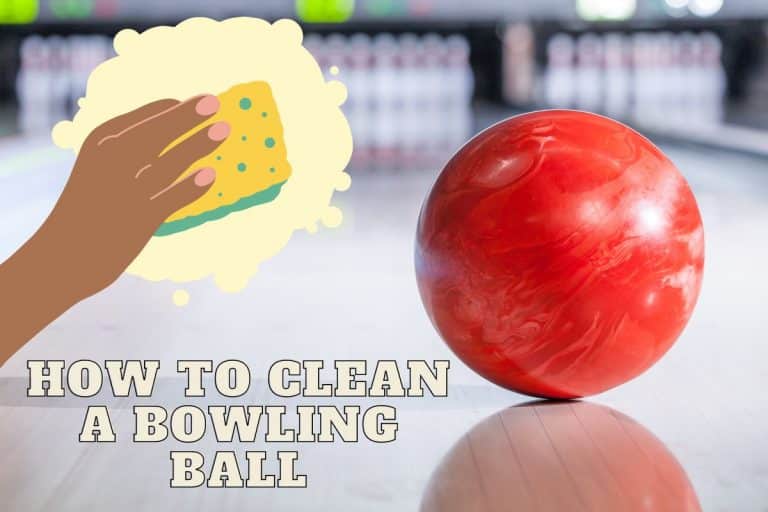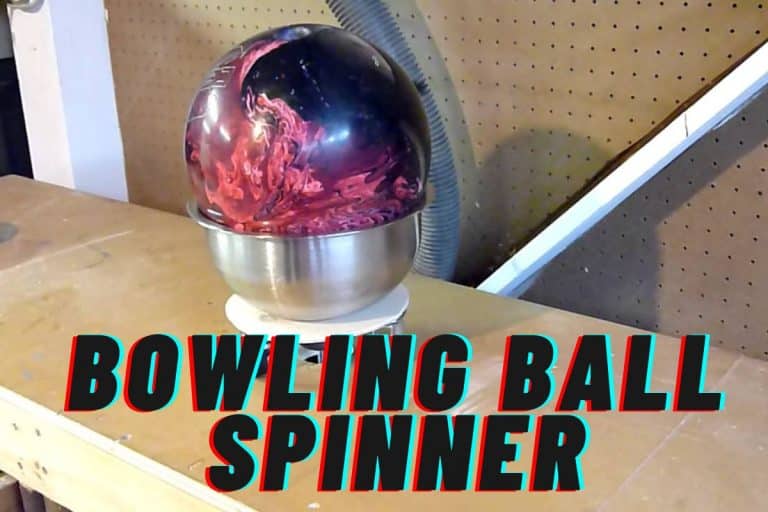Bowling Oil Patterns [Different Types Explained]
Bowling alleys are known for their multiple lanes and other amenities including a pro shop, a snack bar, and a lounge area.
There is so much about bowling alleys, that ensures bowlers have the best experience possible. That’s why bowling lanes are coated with a thin layer of oil. You may have noticed a slippery substance on your bowling ball after it comes back through the ball return. Or the shine and sheen that seems to radiate off the wooden boards. This is because of the oil on the lanes.
However, bowling lanes are not the same. Apart from wear and tear, lane makeup and lengths, oil patterns are also what make each bowling lane unique. So, what are the different bowling oil patterns? In this article, we’ll help you understand the various oil patterns and everything you need to know.
Why Is There Oil on Bowling Lanes?
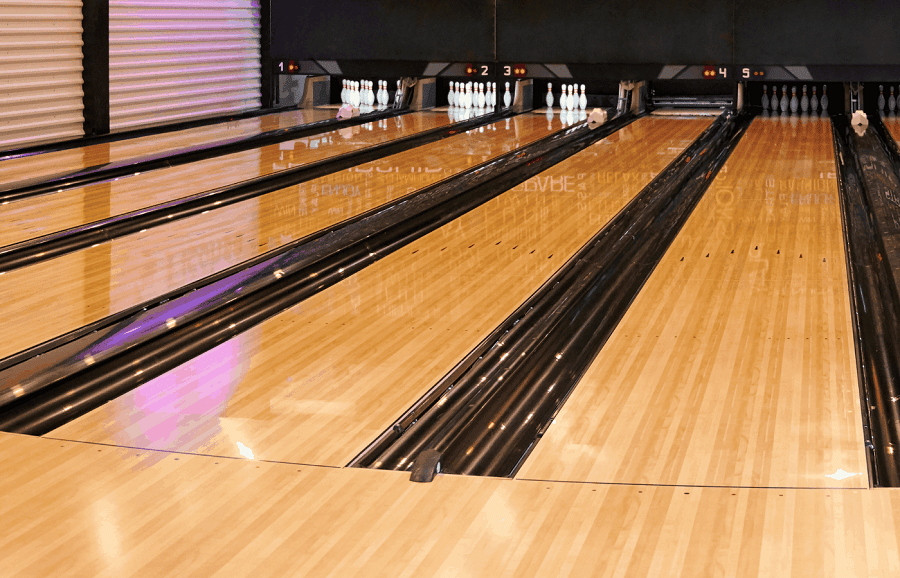
Bowling alley owners apply oil on bowling lanes for various reasons. The oil protects the lanes from wear and tear caused by the constant rolling of bowling balls. It also creates a barrier that helps the ball maintain its velocity and hook more effectively.
The oil is applied in specific patterns to create different friction levels on the lane. Without proper distancing, there wouldn’t be enough friction for consistent ball hooks as the ball travels down the lane.
If bowling lanes didn’t have oil, they would dry out and become rough making it difficult for balls to roll smoothly and accurately. The balls will easily damage the wood or synthetic surface of the bowling lane and increase the chances of injury to bowlers.
What are the Different Oil Patterns in Bowling?
Different oil patterns can affect the way the ball reacts as it travels down the lane. These patterns can be used strategically to make the lanes more challenging for bowlers and to level the playing field for bowlers of different skill levels. Generally, there are two main types of bowling oil patterns. They include house patterns and sports patterns.
House oil patterns
These are the most basic oil patterns in bowling. Bowling lanes are usually covered with house oil patterns during league and recreational bowling. This is because most house patterns are designed to allow a more considerable margin for error making it easy for bowlers of all skill levels to play on.
Sports oil patterns
When you venture into professional bowling, you’ll play on different oil patterns which are sports oil patterns. Sports patterns are complex and more challenging than house patterns. These oil patterns have more oil in the middle of the lane and are designed for professional and highly experienced bowlers.
They allow no room for error and make it difficult for the ball to hook. Most bowlers even experienced ones usually have a difficult time playing on these patterns. Therefore, you should consider practicing on lanes with sports patterns before going pro.
Bowling Oil Patterns Explained
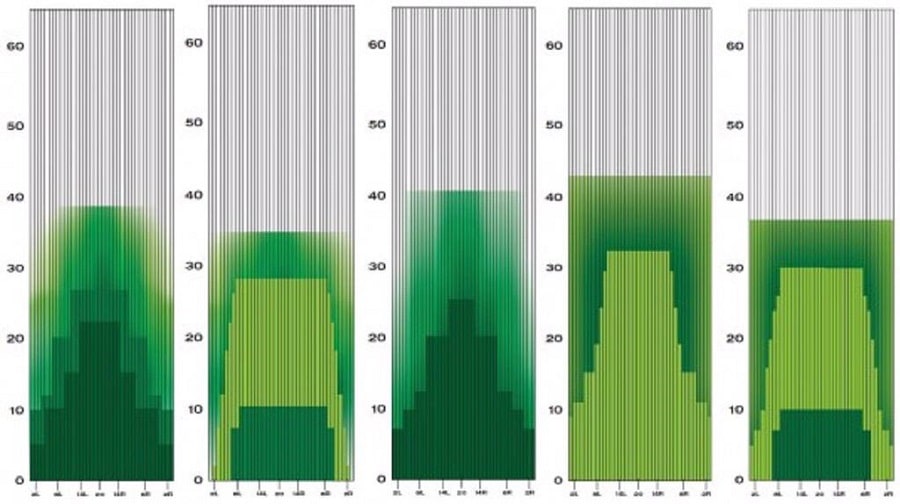
While there is no limit on the number of oil patterns, there are common patterns that you’ll find in most bowling alleys. They vary based on the bowler’s skill level and the brand. Here are the two popular associations that provide oil patterns for bowling alleys.
PBA Patterns
The Professional Bowling Association (PBA)utilizes a sport pattern and the margin of error is very small. It has 16 different patterns separated into two different series, Animal and Legend. There are no two PBS patterns that are the same and the pattern’s names usually include the length of the pattern. Available on the PBA’s official website, here are the 16 different PBA sport oil patterns:
PBA Legend Patterns
- PBA Don Johnson 40
- PBA Mark Roth 42
- PBA Earl Anthony 42
- PBA Don Carter 39
- PBA Johnny Petraglia 36
- PBA Carmen Salvino 44
- PBA Dick Weber 45
- PBA CP3 42
PBA Animal Patterns
- PBA Shark 45
- PBA Viper 36
- PBA Dragon 45
- PBA Wolf 33
- PBA Scorpion 42
- PBA Chameleon 39
- PBA Cheetah 33
- PBA Bear 39
Kegel Patterns
The Kegel brand also has its own set of oil patterns that are used in most professional and semi-professional leagues. They are also used in a broader array of tournaments, events, and leagues as they provide patterns for everyone.
Kegel patterns are broadly separated into two types, Landmark and Navigation which are further divided into various groups based on skill level. These groups include:
- Recreational which are easier patterns
- Challenge which are moderately difficult
- Sport which are the most complex level of patterns
Kegel Landmark Patterns
- Recreational: Great Wall of China, Big Ben, Stonehenge, Gateway Arch, and various Kegel’s house patterns
- Challenge: Taj Mahal, Statue of Liberty, Chichen, Tower of Pisa, Itza.
- Sport: Eiffel Tower, Alcatraz, Sphinx, Red Square
Kegel Navigation Patterns
- Recreational: Stone Street, Main Street, Bourbon Street, Easy Street, High Street, Wall Street, and various house patterns
- Challenge: Beaten Path, Route 66, Abbey Road, Middle Road, Sunset Strip, Broadway
- Sport: Turnpike, Highway to Hell, Autobahn, Winding Road, Dead Man’s Curve, Boardwalk.
How to Read Oil Patterns on Bowling Lanes
Since there are different oil patterns, how do you know which oil patterns you’re bowling on? Luckily, you’ll not be required to look at the lane and see the oil pattern used. Bowling alleys usually display the oil patterns used in a public space for everyone. If not, you can ask for the oil pattern sheet or the name of the pattern and look it up.
When reading an oil pattern, you should pay attention to the length of the pattern, the distribution of oil, and the volume of oil used. These factors are crucial in helping you know which bowling techniques will work on the particular oil pattern.
How to Adapt to Various Oil Patterns

After learning the different oil patterns, it’s important to learn how to adjust your bowling techniques to match these patterns. Generally, you should practice until you find the style that fits each pattern.
Know the length of the oil pattern
To adapt to the various oil patterns, you’ll be required to know the length of the oil pattern. A longer pattern will have oil distributed more evenly throughout the entire lane hence the ball will hook less.
Calculate your Rule of 31
The best to make adjustments on how you throw your ball to meet the different oil patterns is to consider the Rule of 31. This rule helps you determine where the ball needs to be when it reacts toward the pocket.
After determining the length of the oil pattern, subtract 31 from that number. The result will tell you where the ball will begin to break. You can use this information to tweak your throws and adjust your hooks to achieve better results.
Practice your throws
Adapting to various oil patterns in bowling can be challenging, but with practice and an understanding of the different patterns, you can improve your performance. The more you practice on different oil patterns the better you will become at adapting to them. Therefore, you should complete a couple of practice throws and make the necessary adjustments until you can make perfect ones. You can experiment with different release techniques, ball speeds, and angles of attack.
Conclusion
Bowling lanes have different oil patterns that require different ball speeds and angles of attack to achieve the desired hook. Therefore, it’s important to practice and experiment with different techniques and ball speeds to find the one that works best for you on a particular oil pattern. We hope that you have understood the different oil patterns and can adapt to the different styles required in the varying oil patterns.
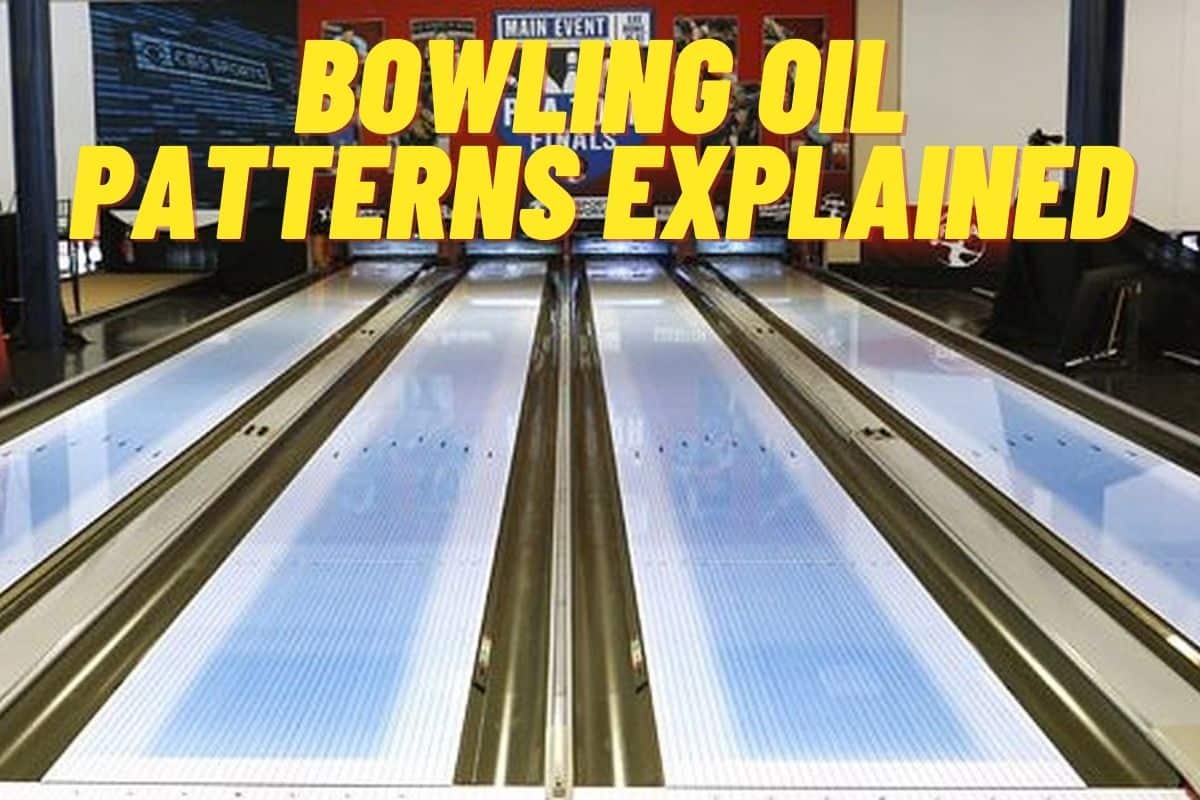
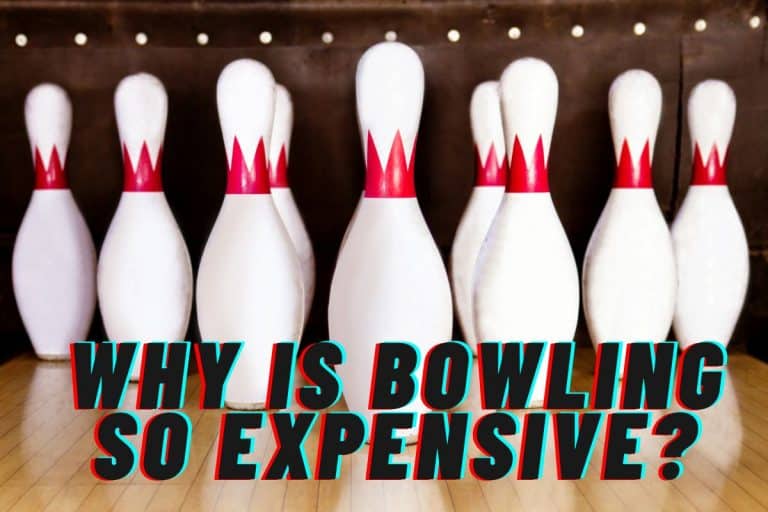
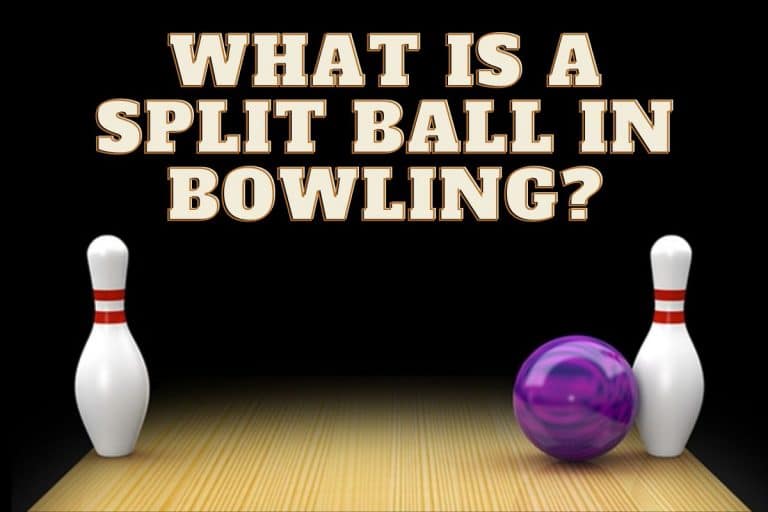
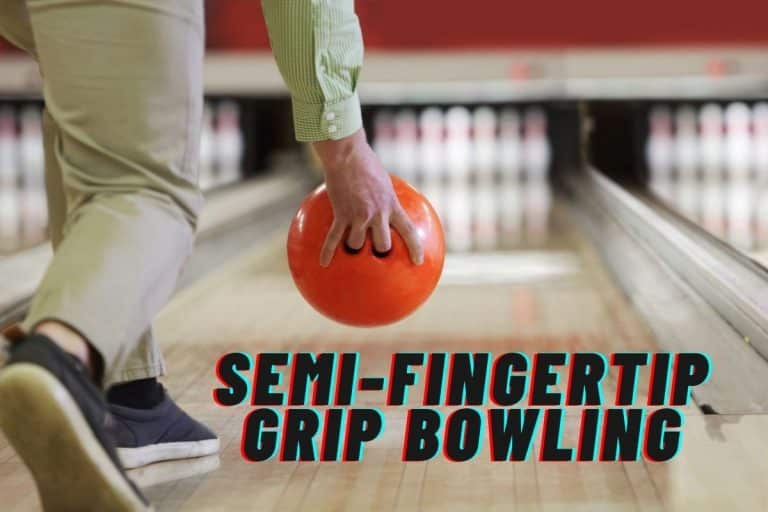
![Can you Resole Bowling Shoes? [Ultimate Guide]](https://www.bowlingknowledge.com/wp-content/uploads/2023/03/Can-you-Resole-Bowling-Shoes-768x512.jpg)
